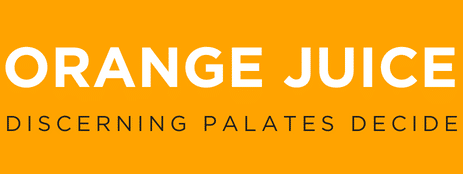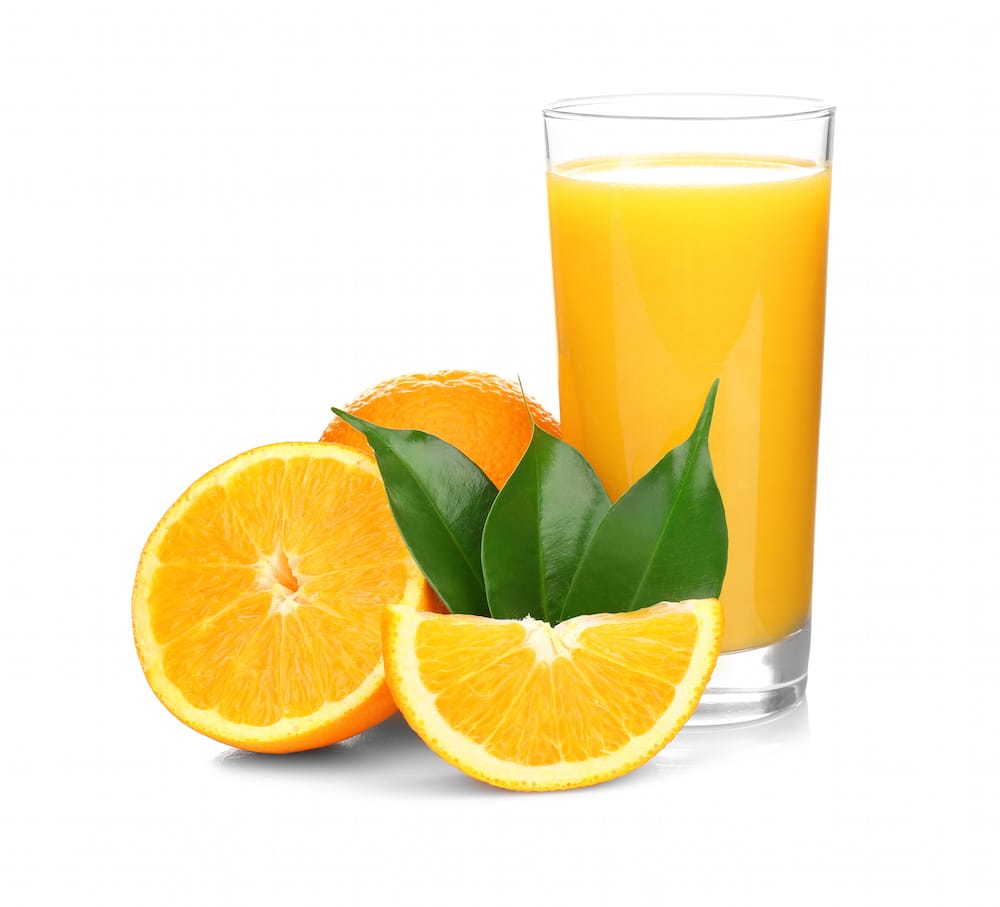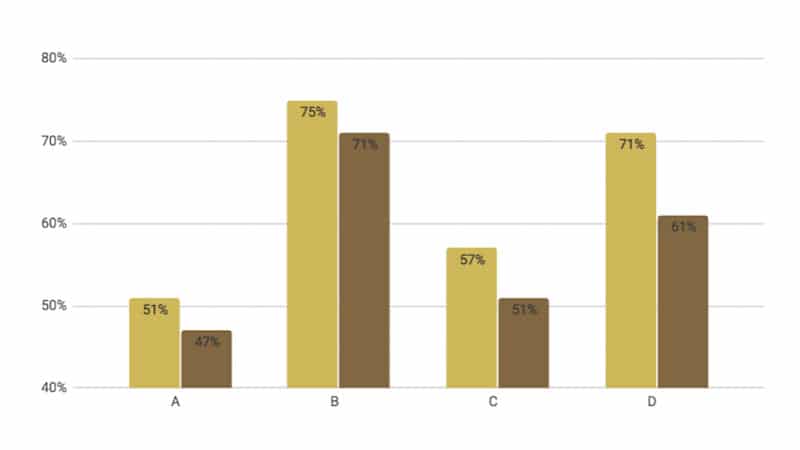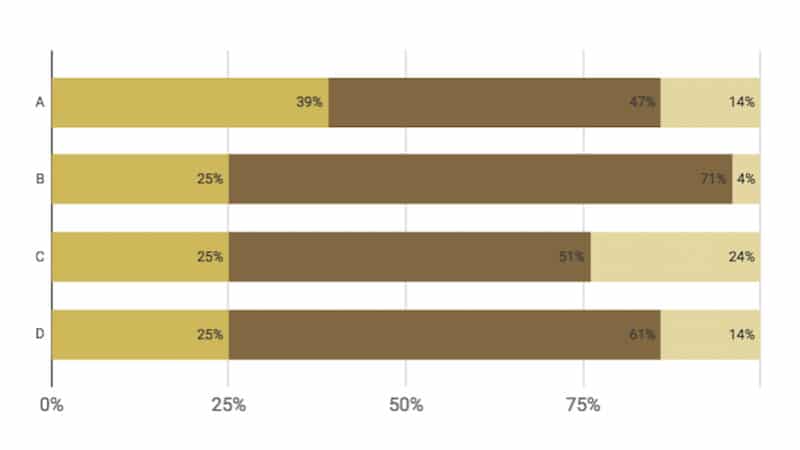
Introduction
Despite the continued proliferation of flavours in the category of processed fruit juices and blends, Orange Juice remains a mainstay of the breakfast daypart. Orange Juice can be purchased in an endless number of formats – concentrated, not from concentrate, pulp-free, extra-pulp, added calcium, low sugar, or combined with a variety of other fruit flavours such as mango, pineapple, or banana. But the orange (and its juice), has made a long journey through the ages to arrive on our kitchen counters as juice in a carton.
The story began sometime back in the Stone Age between northeastern India and southern China where the naranga fruit trees were first known to grow and their bitter fruit rinds were used as ingredients in cooking and perfumes. Over time, a sweeter version of the fruit evolved and made its way to Europe in the 1500s, where it soon became a fashionable indulgence of elite society and the name naranga was adapted to what we now know and love as the orange. Oranges soon made their way west on the ships of explorers such as Juan Ponce de Leon, who led the first expedition to Florida and planted hundreds of orange trees so that future sailors would be able to protect themselves from scurvy. To this day Florida is the one of the largest producers of oranges, second only to Brazil where half of the world’s oranges are grown.
Modern times have seen technological advancements such as pasteurization and growing distribution routes throughout North America. And while nothing really compares to the flavour of a fresh-squeezed orange, modern day processes for producing not from concentrate orange juice in a carton, continue to reach new heights in achieving natural, sweet, and fresh tasting flavour profiles.
This research aims to explore difference in the flavour and sensory profiles of various brands of ‘not from concentrate’ orange juice brands with pulp to determine which aspects of the juice are key drivers of liking.

Methods & Materials
The research recruited 50 females, between the ages of 25 and 54, to our Central Location Testing facility in the Greater Toronto Area. All were principal grocery shoppers who regularly purchase and consume orange juice, not from concentrate, with pulp at least once per month. The test included two samples of National brands and two Private Label brands, all purchased at local grocery stores.
Each participant received a 125ml portion of each sample in a 7 oz. plastic cup labeled with a 3-digit code number. The samples were served unbranded, one at a time, in varied order. Participants were first asked to evaluate the appearance and aroma of the juice, followed by a series of liking, intensity, and ‘just about right’ questions on specific sensory attributes.

Results
In blind tasting, only one brand achieved results which met the norms of the fruit juice category on two key measures. Brand B had top-box purchase intent of 35% and a mean score of 7.0 on Overall Liking, at or above the respective hurdles of 25% and 7.0 in this category. Brand A, on the other hand, was the weakest performer, falling well below the norms on both attributes. (see Figure 1)
Brand B’s strong performance was driven by top scores for Orange Flavour, Mouthfeel, and Naturalness of Taste. Brand A had the weakest performance on these attributes. (see Figure 2)
Figure 1 – Top Box Purchase Intent and Overall Liking

Definitely Would Purchase
Overall Liking
Brand B also had the best “Just Right” scores for both sweetness and texture, exceeding the hurdle of 70% just right for both attributes. Again, Brand A fell well below the benchmarks. (see Figure 3)
Brand A’s weak performance also appears to be driven by a texture that was much too thin and a colour that was much too light. (See Figures 4 and 5)
Although there was a clear winner among the brands we tested, half of the respondents claim not to hold any strict brand loyalty. (See Figure 6)
Figure 6 – Brand Loyalty

While brand is important, respondents claim the most important factors when purchasing orange juice are actually sugar content and added vitamins and minerals. (see Figure 7)
Figure 7- Importance of Factors When Purchasing – Percent Extremely/Very Important

Interestingly, the brand with the winning flavour profile had the highest level of sugar by a few grams. So while consumers may claim to be concerned about sugar content, on a blind basis, they actually prefer a slightly sweeter product.
Conclusions and Implications
The objective of this research was to investigate the sensory performance of not from concentrate orange juice with some pulp. We included both national and private label brands and recruited female consumers residing in one geographical area – the Greater Toronto area.
Within this framework, we see that there are clear differences in the sensory profiles of likeability of the different products driven mainly by orange flavour, the naturalness of taste, and mouthfeel/texture. Having an optimal level of sweetness is also important. For the winning brand, this could represent a perfect opportunity to generate awareness of their winning qualities through ad claims such as “Better tasting” or “More Natural Tasting” than Brand X. With the right supporting consumer research, ad claims can be an excellent tool for enhancing brand image and ultimately forging competitive advantage.

About
Matrix Sciences is an industry leader in sensory evaluation and consumer product testing. We are the only sensory evaluation and consumer product research company with corporately managed test sites in both Canada and the United States.
With 30 years of experience, we are innovators in testing with consumers across all major food, beverage and household and personal care categories.
Connect
For questions about this research, or how you can leverage consumer taste buds in your business, contact Andrew Scholes using this form or call 1-800-342-1825.




